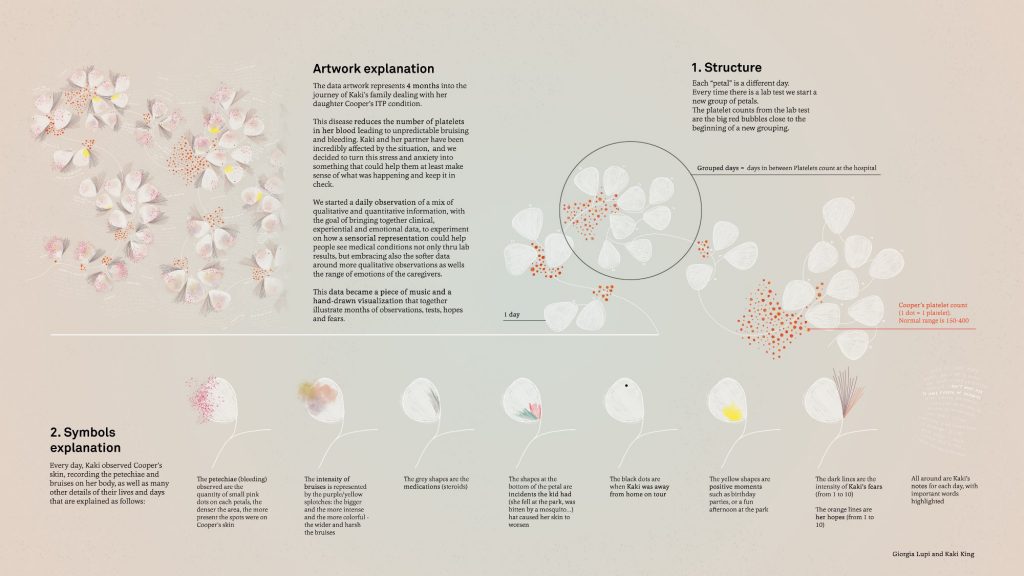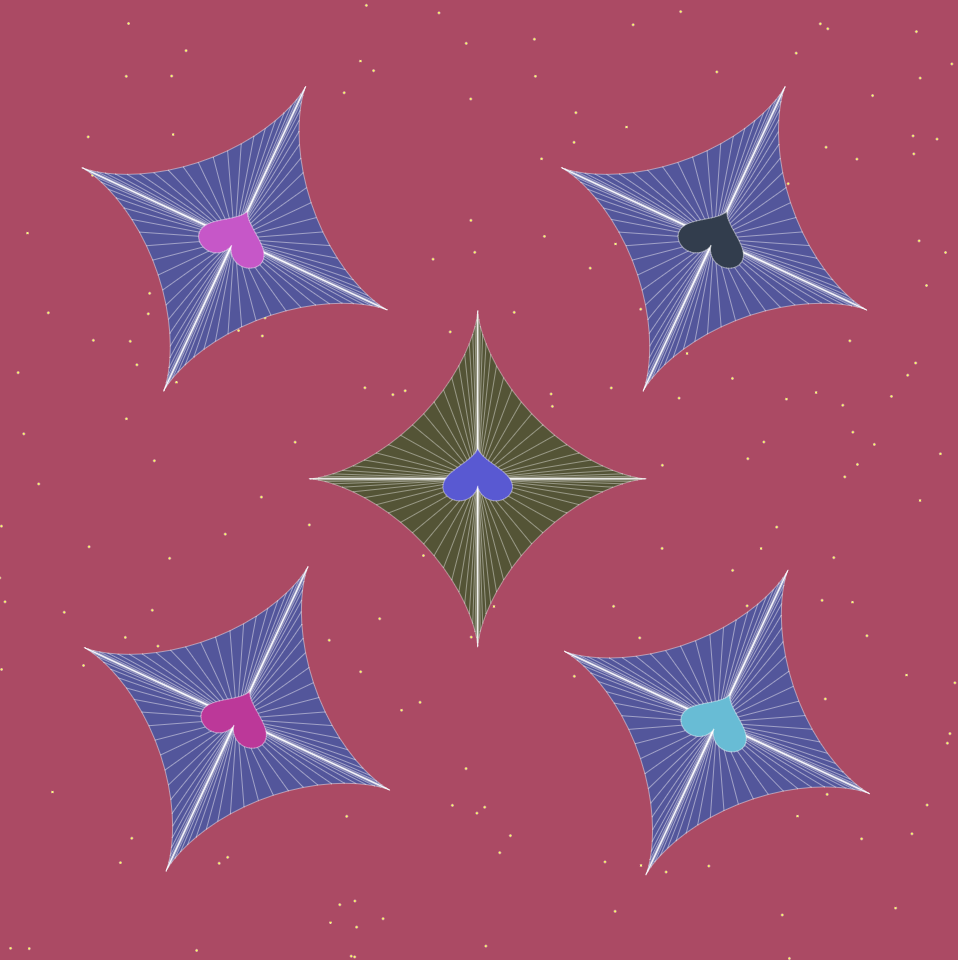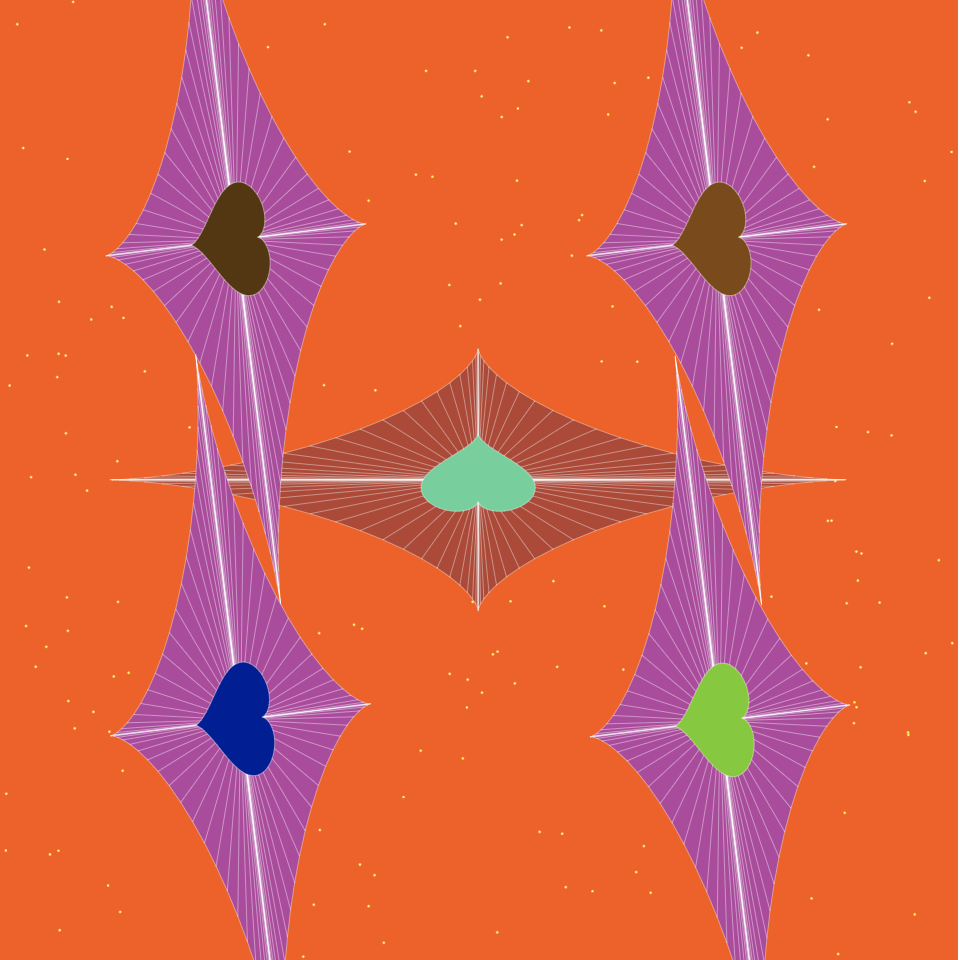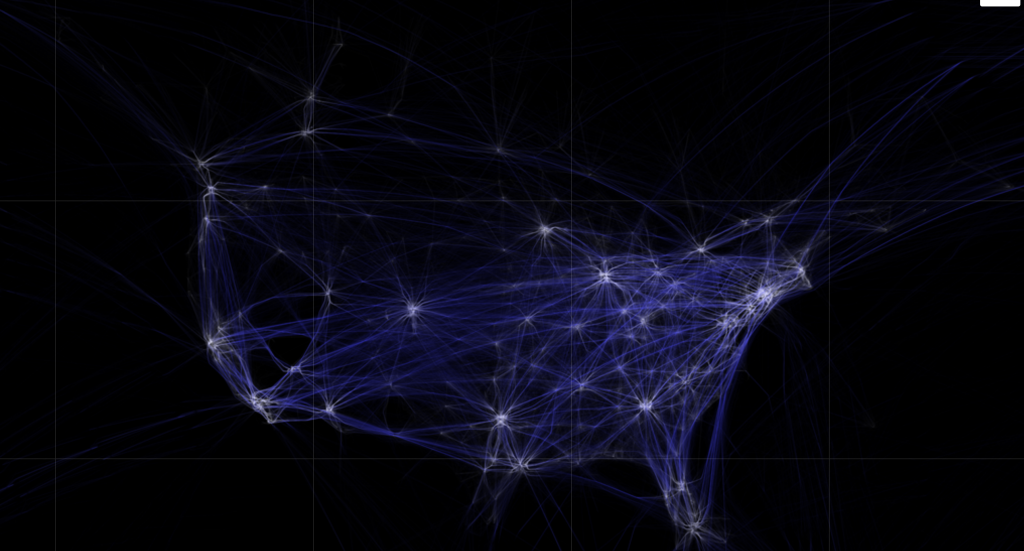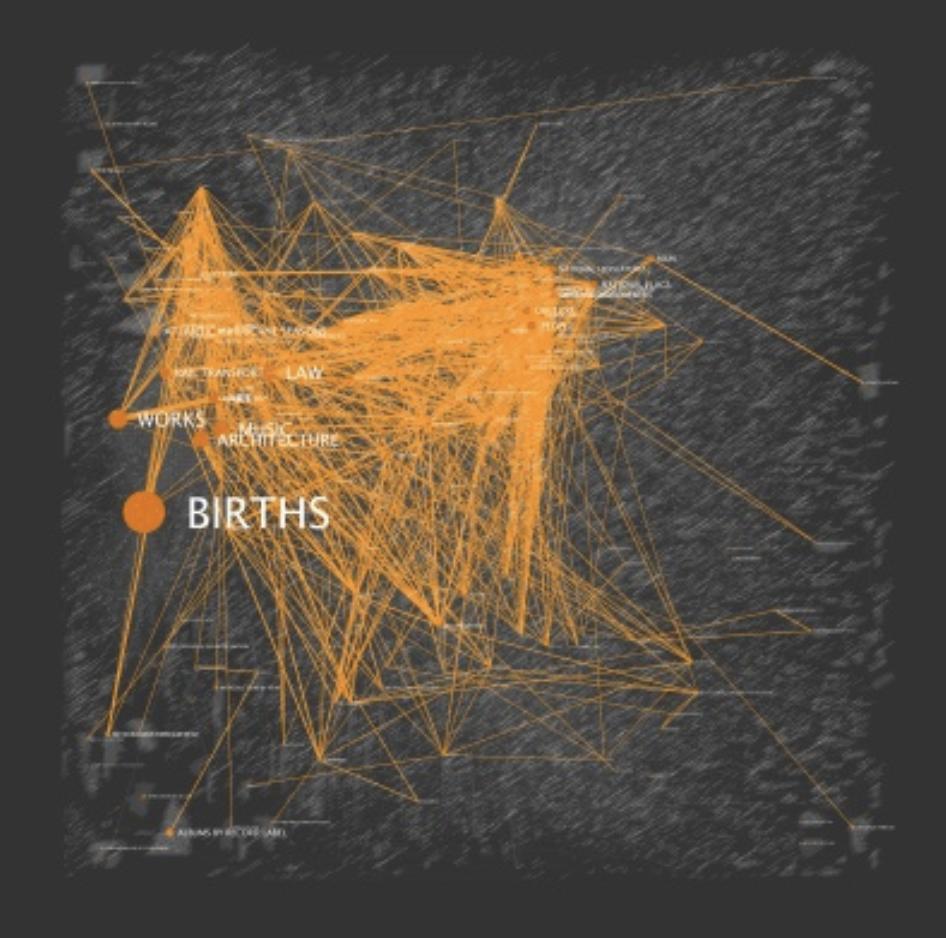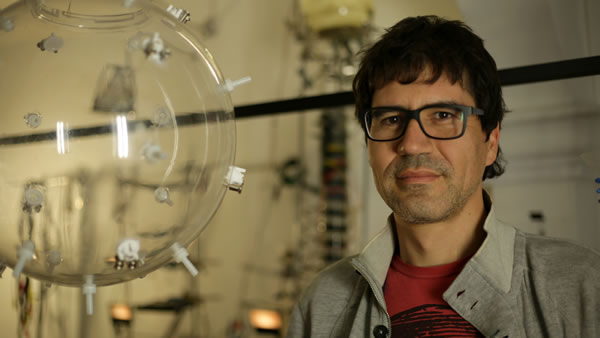
Gilberto Esparza, who graduated from the School of Fine Arts at the University of Guanajuato, Mexico and spent one year on exchange at the Faculty of Fine Arts of San Carlos in Valencia, Spain, is an globally renowned artist and a member of the National System of Art Creators in Mexico, having participated in solo and group exhibitions in many different countries, including Mexico, the US, Canada, Brazil, Colombia, Peru, Ecuador, Argentina, Spain, South Korea, etc.

Esparza’s work focuses on electronics and robots to investigate the impact of new technologies on everyday life, social relationships, urban spaces and the environment, primarily employing recycling consumer technology and biotechnology experiments.


The deformation of a white line on the pavement of a street caused by the exaggerated increase in its length.
At Eyeo 2018, Esparza explains his process for learning more about environmental problems in Mexico and how as his technological beings developed, he developed not only in working with them but also in working in collaboration with other people.
By visually showing the progress of development through each stage, how he directly placed his creations in locations around the city where industrial technological garbage can be found, and the obstacles that he faced with particular methods, Esparza effectively portrays the purpose of his work, as well as his goal for society.
Learn more about Gilberto Esparza at https://gilbertoesparza.net.
![[OLD FALL 2020] 15-104 • Introduction to Computing for Creative Practice](../../../../wp-content/uploads/2021/09/stop-banner.png)
